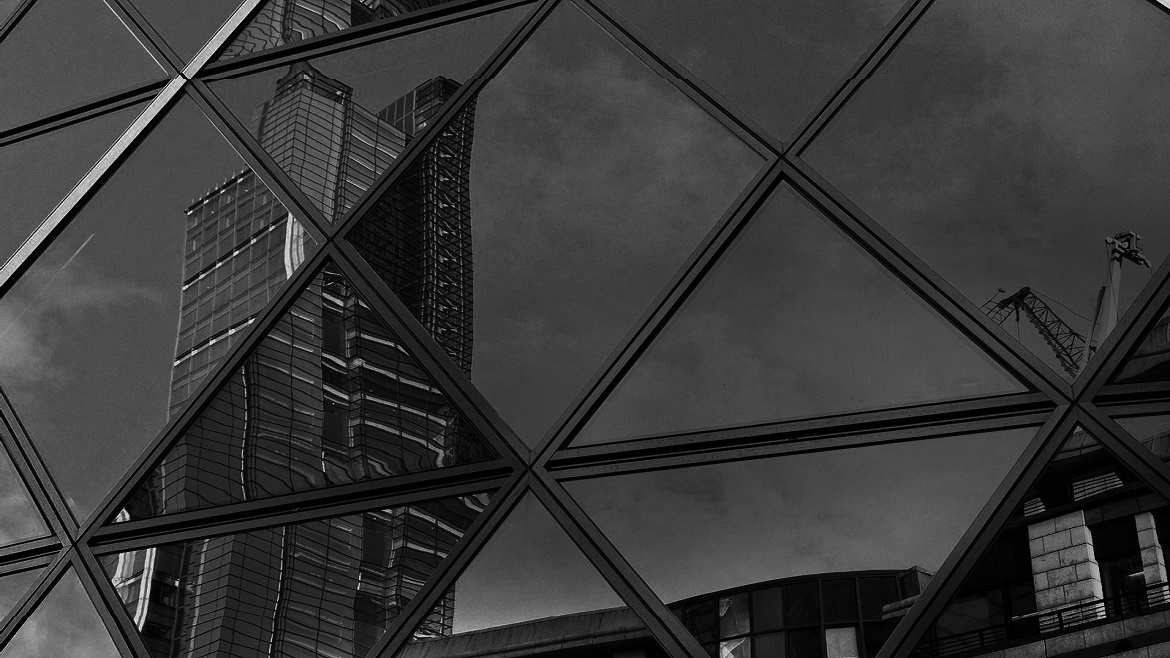Today nearly 4bn people live in cities. That number is expected to increase by 2.5bn by 2050, with over 90% of the growth occurring in Asia and Africa. These regions, however, lack the resources to adapt to the forces of urbanisation.
"Developing countries face a lack of planning capacity in their cities," observes Michael Mutter, who leads the Effective Cities programme funded by the UK's Department for International Development in Nigeria. "These cities are doubling in size every 15-20 years and people do not understand the implications. UN-Habitat (the UN's human settlements programme, which aims to promote the development of socially and environmentally sustainable human settlements and the provision of adequate shelter for all) predicts cities in developing countries will face huge risks from climate change such as flooding, desertification, and disease. Designing and building new cities is a necessity."
This push for "new" and "future-ready" cities was highlighted in September 2014 by Narenda Modi, India's prime minister, who extolled the construction of 100 "smart" cities to transform the country. Such cities will need to accommodate spiralling urbanisation, service the needs of citizens and stimulate trade and investment to create jobs, all within the constraints imposed by climate change and the need to meet greenhouse gas emission targets. This requires investment, development and technology, but how does the human dimension fit into this vision—what is the future of the family unit and its various life stages, and what about those who are not necessarily perceived as being economically productive? In an efficiently organised city, what becomes of design that has traditionally focused on human relationships, like hutongs, the old alleyways in Beijing whose cloistered dwellings housed familial generations around a courtyard? How should cities create an optimal environment for their citizens, and who is best placed to drive planning initiatives?
Cities designed for the future
Masdar, a sustainably designed city in the desert of Abu Dhabi built to be entirely carbon neutral, was touted as a blueprint for future cities. Located near the Masdar Institute for Science and Technology (MIST), it has had to scale back its aspirations of being home to 240,000 people by 2015: only several hundred students and some 100 companies out of the 1,500 envisaged have moved there so far. Ironically, a lack of affordable housing obliges the city's workers to commute by car to a city aiming to be carbon neutral. Masdar's growing pains are due both to a lack of investment following the global financial crisis, and to the inability of people quickly to adapt to unfamiliar urban environments.
The regeneration of cities can be initiated by inhabitants as a city becomes populated, as exemplified by Abuja, the capital of Nigeria and one of the fastest-growing cities in Africa. Home to 2.5m people, it was planned as an administrative capital to house civil servants. However, the degradation of infrastructure over the past 30 years and traffic congestion have led to rapid growth in the peripheral shanty towns and slums. These deprived areas have become incubators for traders, small businesses and entrepreneurs transforming the character of the city from one dominated by administrators. Today, over 80% of Abuja's economy is generated by the private sector and 68% of the population is self-employed.
Preserving the cultural heritage, the community and the layout of older cities poses another challenge. The 700-year-old city of Chiang Mai in northern Thailand—historically a kingdom and religious centre with over 300 Buddhist temples—preserved its heritage as the capital, Bangkok, became the political and economic centre of Thailand. In recent years Chiang Mai has become the Association of South-East Asian Nations’ (ASEAN) gateway to southern China, resulting in its rapid transformation as a commercial centre. The traditional socio-economic fabric of the city is being swiftly altered as small-scale agricultural land is absorbed into urban sprawl and small markets are replaced by shopping malls. Buddhist rituals once dominant in the daily life of the city have been eroded by the pressures of commuting, materialism and a faster pace of life.
Rethinking urban environments to better serve citizens
Mr Mutter believes that cities can be more sensitive to inhabitants’ needs by keeping abreast with the rate of change in a city and being more proactive in planning its infrastructure. This may involve gathering data, for example from a city-wide network of sensors to identify the root causes of traffic congestion, but also by listening to the voice of citizens and communities. Less straightforward, however, can be finding that voice in lower-income populations living in shanty towns and slums. Ripin Kalra, senior fellow at the Max Lock Centre, part of the University of Westminster (UK), says that policymakers need to understand better what is valuable to a city. One way to do this is through community-led asset management, where citizens themselves decide which assets are important to preserve, be that schools, open spaces, community centres, places of worship or health clinics. Small-scale urban planning will generate broader transformation but, crucially, at the scale and speed acceptable to a community. Such projects have already © The Economist Intelligence Unit Limited 2014 3 Future-proofing cities: Balancing economic growth with human values in the urban landscape been undertaken in Pretoria (South Africa) and Nairobi (Kenya). Valuing community assets includes appreciating rituals such as Diwali, the Indian festival of light and colour, which generate goodwill and cohesiveness within communities.
Human values within cities
Mr Kalra’s vision of a future city is one that is sensitive to the values of its inhabitants: "how do we start to value people who are not considered economically active? Little consideration is being given to the elderly, the non-employed and the very young when planning future cities”. Valuing a city’s older population can be illustrated by policies encouraging mobility and interaction so that the elderly are not house-bound. Initiatives range from bus services with low steps to facilitate access, to the design of street pavements that are not too narrow and uneven, or siting community centres close to elderly populations. The city of Akita in Japan has shifted planning for the elderly from government to communities, associations and private firms. Its planning strategy spans housing, transport and the prevention of social exclusion.
To appreciate and realise the value of people in a city means creating and designing environments where human interaction can thrive. This can be done through architectural design showcasing the traditional values of a city, such as in Bilbao, Spain, (where Frank Gehry's Guggenheim Museum honours the heritage of the city's steel industry), as well as in the creation of public spaces, community centres, and parks that allow citizens in the anonymous urban mass of a city to feel human through their connections to other people.
Creating thriving social networks will build more robust communities and, in turn, more resilient cities better able to deal with the challenges of the 21st century.







